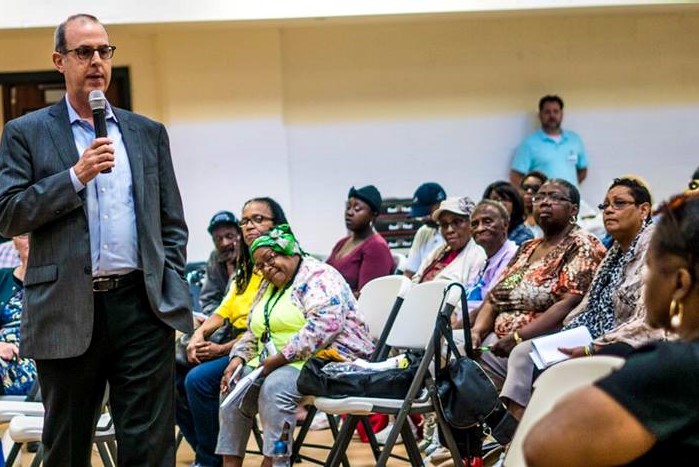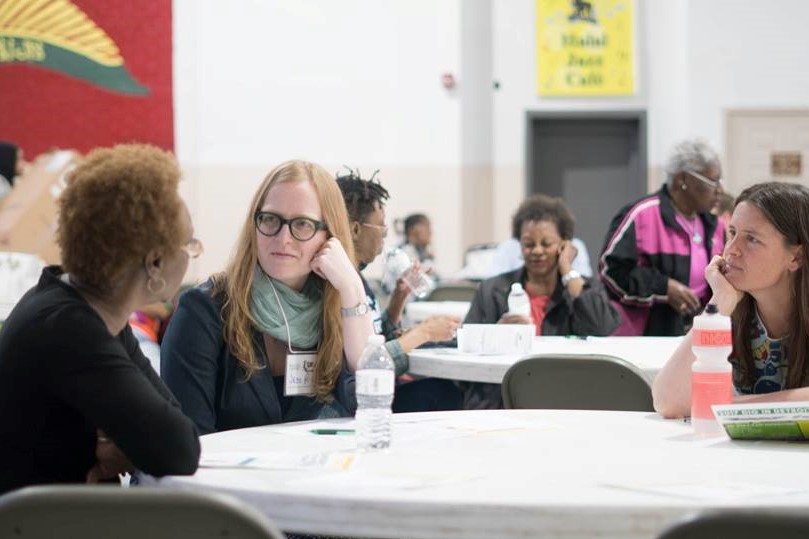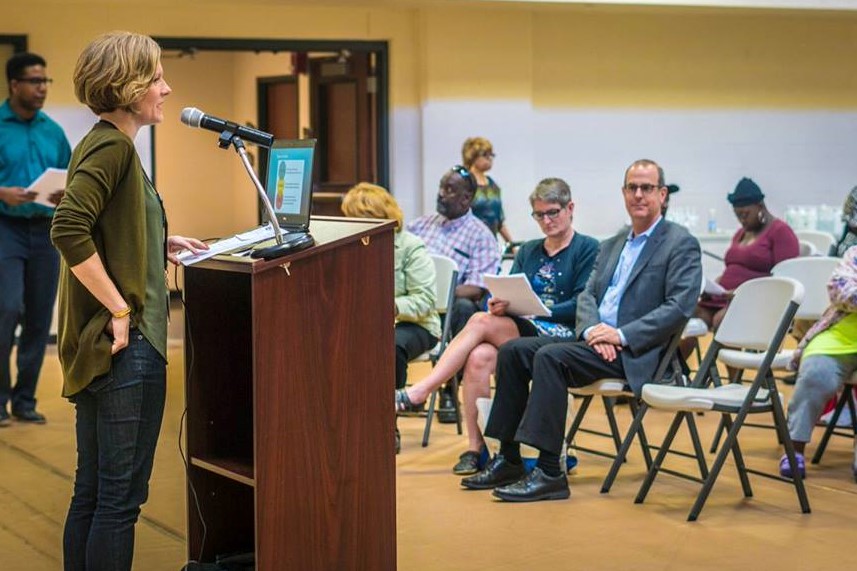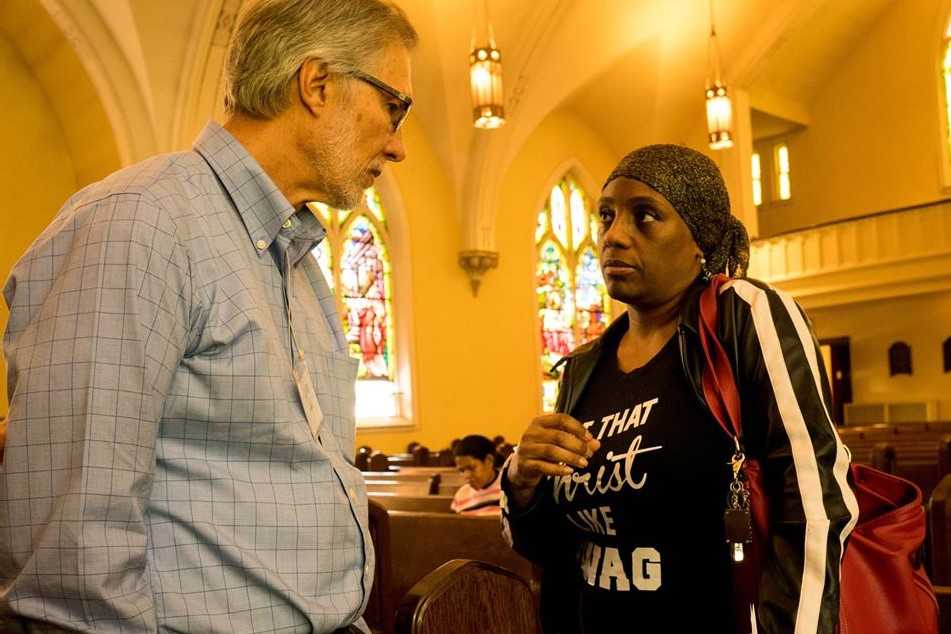



Welcome to our resource page created to enhance communication between researchers and the public. Our goal is to strengthen the capacity of researchers so that they may effectively interact with decision makers whether in their everyday lives or at the policy level, toward the end of supporting effective problem solving around environmental and health issues. Based on our experience and through interviewing we learned that activists, community-based organization leaders, government agency and elected officials and their staff want more opportunities to engage with researchers. They have noted the importance of community engagement staff who are trusted resources for connecting with the scientific community, as this comment illustrates:
"We need information ambassadors who understand both sides, community and academic worlds, to facilitate [dialogue]."
If you have questions about presenting scientific information to public audiences, our community engagement team can assist. We are skilled conduits for connecting with and understanding the information needs of different audiences and can provide best practices and guidance for impact. We hope the resources below help prepare researchers for succesful interactions with all members of the public.
Some of the content of this page is a result of a collaboration made possible through NIEHS grant #PA17317, the study is published in Environmental Hazards: Human & Policy Dimensions.
Clear Communication & Plain Language
Tools for communicating in language that is understandable by the public:
- NIH Plain Language Checklist
- Clear Communication Index
- Everyday Words for Public Health Communication, thesaurus tool
- Plain Language Guidelines
- Everyday Words for Public Health Communication
- Plain Language Materials & Resources
Inclusive Communication
- Health Equity Guiding Principles for Inclusive Communication
- Preferred Terms for Select Population Groups & Communities
- Health Equity Considerations for Developing Public Health Communications
Science Communication
- American Association for the Advancement of Science
- The Science of Science Communication
- Communicating Science: A Roundtable Discussion
- Leshner Leadership Institute for Public Engagement with Science
Communicating Science to Policy Makers
Guidelines for communicating research:
- Best Practices Fact Sheet for Communicating with Policy Makers
- Best Practices References
- Six Ways to Boost Public Support for Prevention-Based Policy
Engaging Legislators
Guidelines for researchers who want to learn about navigating legislative interactions:
Evaluating Translated Materials
A community-review process can ensure that translated information is user friendly and relevant to local issues. The evaluation tool below can be used to collect feedback from community partners who can provide useful insight into how well the scientific information was translated for public consumption and advocacy purposes:
- Translating Environmental Health Science Research Evaluation
- You can also assess the reading level of translated materials using the Flesch-Kincaid readability scale
Example fact sheet & evaluation:
- Environmental health source article
- Translated fact sheet with evaluation feedback from WSU advisory board members page 1, page 2
Communication for Change
Resources for communicating science for social change by topic:
- Framing Stories for Social Change
- Communicating Implementation Science & Practice
- Communicating about Climate Change
University resources:
If you have questions about meeting with policy makers, seek out staff who work in community engagement, government relations, communications, or public affairs at your university. They are skilled conduits for connecting and understand the information needs and concerns of varying audiences.
Some of the content of this page is a result of a collaboration made possible through National Institute of Environmental Health Sciences grant No. PA-17-317, the study is published in Environmental Hazards: Human & Policy Dimensions.
Suggested citations:
Leach, C. (2019). Communicating and disseminating science. Wayne State University Center for Urban Responses to Environmental Stressors (CURES), Community Engagement Core. Accessible at https://cures.wayne.edu/outreach/communicatingscience
Leach, C., Schulz, A., Schroeck, N., Lawrence, S., Williams, G., Sand, S., Bewaji, O. & Fuchs-Young, R. (2023). Multi-directional communication between decision makers and environmental health researchers: A qualitative inquiry. Environmental Hazards: Human & Policy Dimensions. https://doi.org/10.1080/17477891.2023.2256727
For more information contact carrieleach@wayne.edu